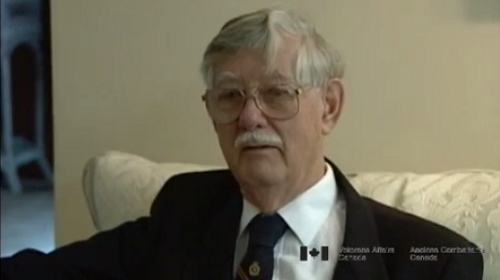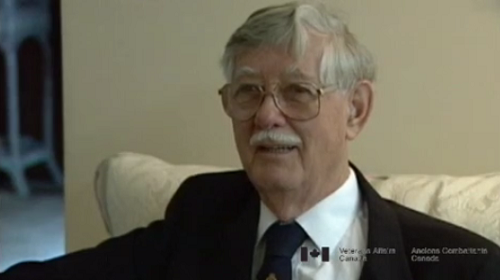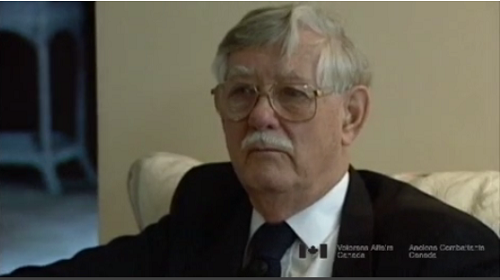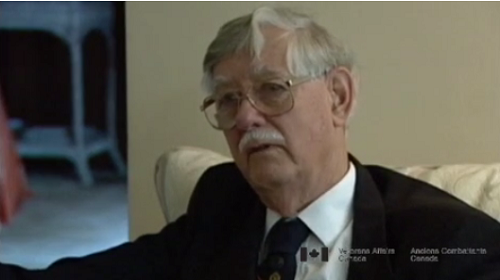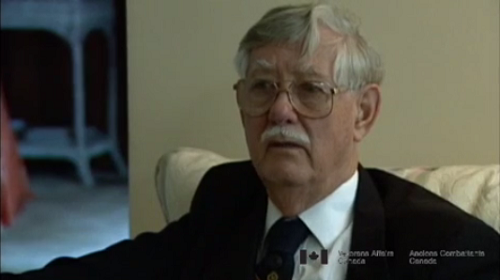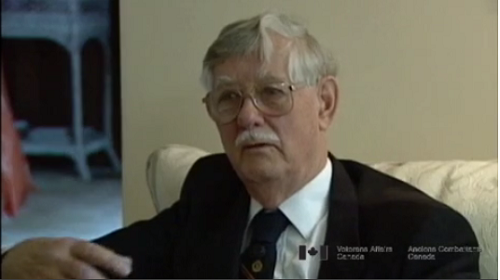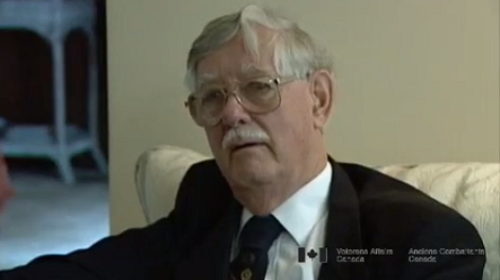Finding the Code and Dropping Freight
Heroes Remember
Finding the Code and Dropping Freight
The Japanese had fairly recently been kicked
out of where we went into and they were
forcing them back over the Chin Hills and
into Burma proper. So they weren't that far away.
Originally we didn't have that long of flights and
your log book trips would be an hour and
a half or an hour and later on they were
three hours that type thing and you didn't know
where the front was, really, and you'd have
these two letters they'd put out, A and Z,
or it could be anything at all, they'd put out,
they'd be white panels and for that day
that would be the code.
And you'd try to find this and somebody
would find it and then you'd see him
circling and vice versa and everybody
would form a circle and you'd drop.
Generally there would be six or
eight on a drop at one time,
on the smaller drops, and so then it would
take you about, you had over 7000 pounds,
generally around 7100 to 7200 pounds of
freight that you used to drop.
Basically it was food, they had to have
all their food to operate on,
ammunition, their fuel.
With the fuel you tried to get a strip
somewhere because obviously the fuel
to drop was pretty precarious.
Everything that people needed to fight a war
were dropped and they were right confined
a lot of the spots and so you had to sort of
corkscrew in and out because you had to drop
them pretty precise or reasonably so
because, of course, the enemy wasn't that
far away and the last thing you wanted
was for them to get the goodies.
Related Videos
- Date modified:



